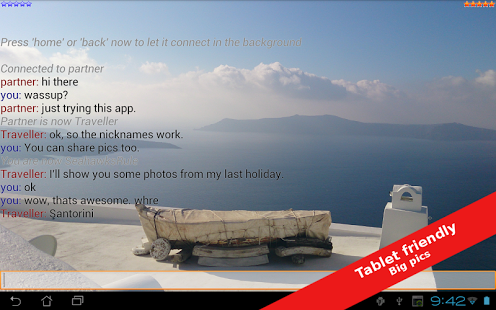
The Best Voice Recording Software of 2017, Top Ten Reviews
The Best Voice Recording Software of 2017
Interface
Compatibility
Voice Recording Software Review
How many times have you regretted not having recorded a phone conversation or significant business meetings or an all-important class lecture? Or perhaps you missed the chance to digitize your dearest LP S and magnetic cassettes before time and use took their toll on them. Fortunately, technology today presents us with a multitude of effortless options for recording audio, leaving you with no excuse for not doing so.
Computers with their digital format and continually expanding scope are the most popular and versatile voice recording solution available today.
Good voice recording software with ample features and implements is a prerequisite to a quality digital reproduction. The quality of audio recording (especially voice) has to be maintained through its various stages of recording, mixing, editing and searing, otherwise the end score will be compromised and in extreme cases be rendered inaudible and incomprehensible. This seemingly ominous task is made utterly effortless by the use of modern day voice recording software. Any person with little practice can master this user-friendly software.
What to Look for in Voice Recording Software
Most of the voice recording software options come bundled with all the required contraptions and features to perform a number of tasks, including audio input, editing, and output. There are a number of aspects you should consider while evaluating your voice recording options. Below are the features and criteria we looked at to compare the best voice recording software.
Audio Feed/Input Source for Voice Capture
Recording is usually done using a microphone and Line-in input jacks located on the audio interface panel of the computer system. But more advanced voice recording software also support voice pick-up from audio and movie Playback; CD, VCD, DVD, USB devices, internet streaming, internet radio, tube streaming, phone recording via modem; recording calls, or any audio playback by sound card. Essentially, you can record any audio being played by the computer.
Extra recording features are essential to get your audio files from ripped (input) and burned (output) successfully. Recording timers can define the time period of a particular recording session. Recording schedulers facilitate the pre scheduling of an upcoming recording session. Voice activated recording can automate the embark of a recording session whenever a predefined level of audio signal (decibels) is registered by the software. Digital rip is useful when tearing digital media like CDs or DVDs. Analog Rip is used when the digital media cannot be ripped conventionally as it is copy protected. Burn instruments are used for saving files to optical media for storage and/or playback.
Audio Filters/Special Effects
Most voice recordings need a little grinding for better audibility and sound quality of the final product. This is done by using audio filters like Amplify, Noise Reduction, Pop and Click removal, etc. Special Effects can also be applied to further enhance or achieve a particular audio effect like Sound Warmer, Bass Boost, Echo, etc. Whether you’re using filters and effects for clarity or for joy voice morphing, a good set of filters are an essential component of voice recording software.
Most of the time simply recording the audio isn’t enough; you may want to further enhance the recording and edit the files. Trim muffle and insert muffle are features used to liquidate or insert silent audio to a track or file. Options to switch a file format and size are also very useful and are often used to output files in the desired audio quality. An integrated ID3 Tag Editor is also useful to label files appropriately for better archiving.
If the software can’t manage or play your music files, what good is it? While most voice recording suites are compatible with the most common audio file types (mp3, wav, wma, ogg), others go the extra mile and support extra file types, and even file converting.
Recording your voice on your computer shouldn’t be difficult. From installation to implementation to actual use, the entire process of voice recording should be straightforward and ordinary.
A good help and support system is essential for a speedy and trouble-free learning practice, and further instilling confidence in the user. Help files, manuals, FAQs and tutorials address day to day issues, whereas phone support, email, forum and live talk are best used for solving specific issues.
With our help, once you have chosen the right voice recording software, recording and digitizing voice files will be a breeze and a lot more joy. Your best bet will be to embark with our reviews of the top three voice recording software: GoldWave, Mixcraft and WavePad.